

  |
|
Comparable Transit Technologies |
Sources: University of Washington Faculty Web Server
http://faculty.washington.edu/jbs/itrans/ and SmartSkyways research
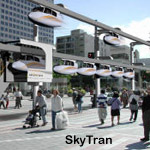 SkyTran |
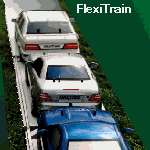 FlexiTrain |
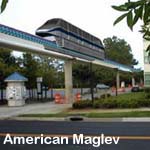 American MagLev |
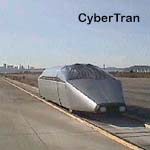 CyberTran |
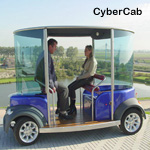 CyberCab |
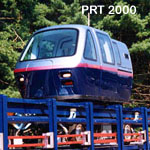 PRT 2000 |
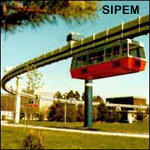 SIPEM |
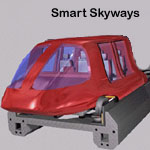 Smart Skyways |
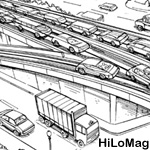 HiLoMag |
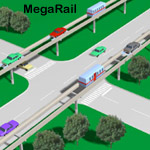 MegaRail |
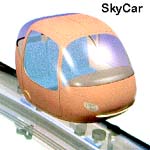 SkyCar |
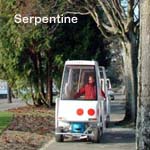 Serpentine |
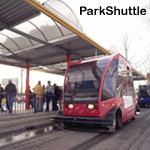 ParkShuttle |
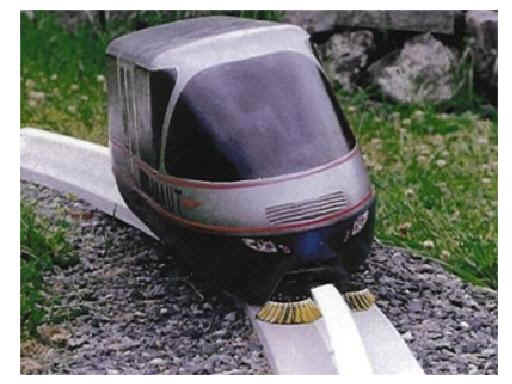 Urbanaut |
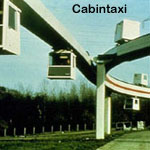 CabinTaxi |
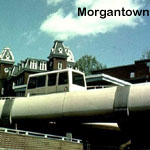 Morgantown |
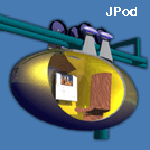 JPod |
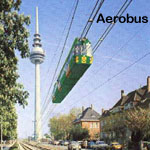 Aerobus |
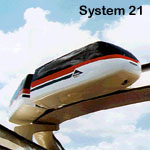 System 21 |
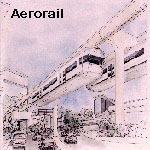 Aerorail |
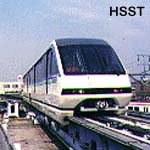 HSST |
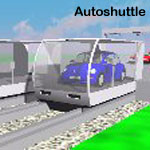 AutoShuttle |
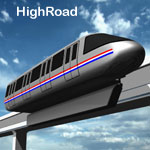 HighRoad |
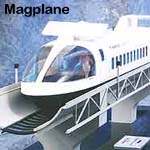 MagPlane |
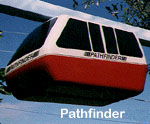 Pathfinder |
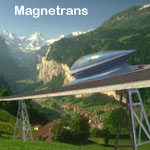 Magnetrans |
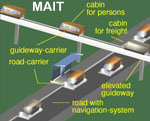 MAIT |
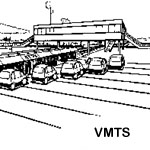 VMTS |
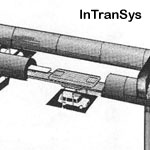 InTranSys |
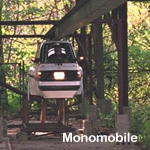 Monomobile |
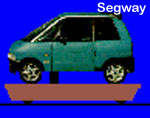
|
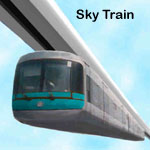 Sky Train |
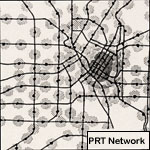 Minneapolis-St. Paul PRT |
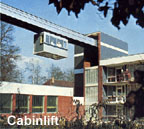 Cabin Lift |
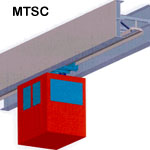 MTSC |
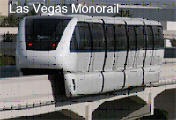 Las Vegas Monorail |
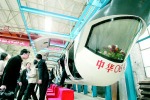 Maglev Aerotrain |
 People/Cargo Mover |
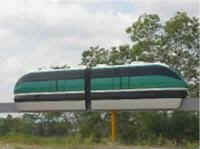 Metrail |
|
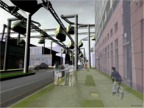 Mister PRT |
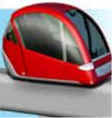 Silver Bullet in Palo Alto |
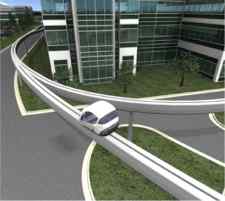 Redmond, WA |
|
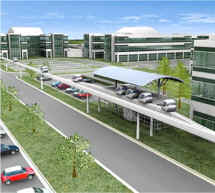 Cities 21 |
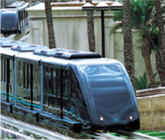 Doppelmayr Cable Car |
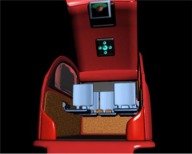 Monic PRT |
|
 Vectus PRT |
 KNOLLE MAGNETRANS |
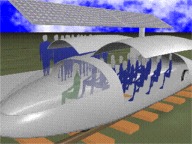 UltraLight Rail |
|
 PARRY PEOPLE MOVERS |
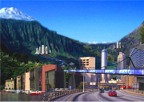 FLEXTAXI |
 BlLADE RUNNER |
|
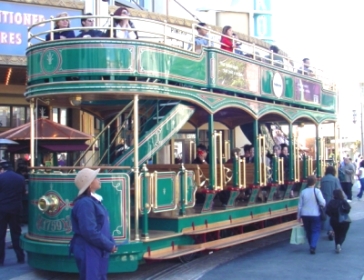 TIG / m Trolley |
|||
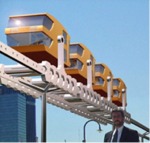 Autonomous Transportation System |
 NOWAIT Transit |
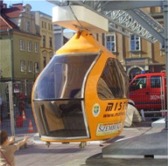 MIST-ER |
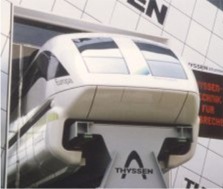 PRT Project |
|
THE REVOLUTIONARY DUALMODE TRANSPORTATION SYSTEM Types of Systems and Components Rail - Over 50 yrs old, the railroad track is the only standard in America, there are over 50,000 miles of existing ROW. Conventional trains are costly and slow. From steam to diesel to gas turbine, trains have grown into high tech machines that can go 300 mph or pull one mile of freight. But they can't match the local management and convenience needs of people and thus don't attract the ridership to support them. Costs for light rail analyzed. Still rail has it's fans and some states such as California have established a High Speed Rail Authority. For more, visit Railway-Technology.com. Monorail - The best feature of monorail is the elevated guideway above traffic. They have low efficiency and are expensive to build - about $25 million per mile. The Mountain Monorail study is a plan to build a 127-mile track from Denver into the mountains feasible? It'll take $50 million to find out. Supporters of the monorail plan have submitted to the secretary of state a proposed initiative to put the issue on November's ballot. If voters say yes, $50 million will be spent on a study to determine if the monorail can work. Supporters of the plan want the track to run along I-70, connecting Denver's airport and the Vail ski resort in Eagle County" Now automation is and breaking down barriers in transit and breaking down the huge automated trains into small automated cars that more match the flow of people such as www.skyTran.net Seattle has approved a Monorail Initiative (MS Word format, 82 KB) and their web site is www.elevated.org. See http://monorail.org/links.html for more on monorails. Automated Guideways
MagLev is a fast guideway above the ground with high costs and promising future. The Federal Railway Administration is conducting a $1 billion competition in seven cities to build a demonstration line as described below. The big player is an International Consortium of Adtranz, Siemens, ThyssenKrupp and Lockheed Martin Their goal is to build 300 mph trains in America. On April 26, 2001 the Southern California Association of Governments approved a maglev business plan for a 92 mile route to be funded privately. Congress designated a competition as part of the national network of High Speed Ground Transportation corridors to be developed throughout the United States. The objective was to design and implement a phased high-speed ground transportation system as part of a national network of inter-city high speed ground transportation services. Florida has passed legislation to set up a high speed rail or maglev authority to build 400 miles and link 6 cities. U.S. Secretary of Transportation Rodney E. Slater announced Jan 18, 2001 the selection of two projects in Maryland and Pennsylvania to be advanced into the next phase of the competition to build and demonstrate the first magnetically levitated (maglev) high-speed train system in revenue service in the United States. Oklahoma State university has announced a low speed Maglev (MS Word format, 65 KB) demonstration Model of 3200 feet. Summary of maglev Web Sites: Swiss Metro - Switzerland CargoRailTM Heavy Duty CargoTramTM Shipment Option (PDF Format - 1.6 MB) Modern Transport Systems Corporation - Magnetic Support Technology for Transport Applications Guideway Analysis - NATIONAL HIGH-AND-LOW-SPEED TRANSPORTATION SYSTEM (HiLoMag) Magplane is a derivative of maglev with an innovative track. Segway Pedestrian Transport System and Airboard at AirborTech. Moller International has developed the first and only feasible, personally affordable, personal vertical takeoff and landing (VTOL) vehicle the world has ever seen. http://www.skyaid.org/Skycar/skycar_PugetSound_Dec28.htm Vendor Database Innovative Transportation European Lists The following technologies have been included in the European Union report on innovative transportation technologies. Click to see Euro-List. The Transportation Research Board issued "Making Transit Work: Insight from Western Europe, Canada, and the United States - Special Report 257". The report identifies practices and policies employed in Western Europe and Canada to encourage public-transportation use and suggests approaches the United States could take to increase ridership from an average of 2% to the European average of 10% ridership in the population. Associations There are a surprising number of associations as the business community is becoming turned on to the opportunities. National ITS Program Plan And Research Agenda (Intelligent Transport Systems, MS Word format, 88 KB) U.S. DOT has asked ITS America to coordinate the development of a comprehensive ten-year National ITS Program Plan Research Agenda. A joint ITS America/DOT Steering Committee has been established to guide the overall development process. The Program Plan/Research Agenda will be designed to be consistent with on going and proposed research activities of organizations including the Transportation Research Board, the Institute of Transportation Engineers and the National Science Foundation. Amtrak Illustration of a Phased Deployment of Personal Rapid Transit System for the Minneapolis-St. Paul Metropolitan Area: Trains Without Track |